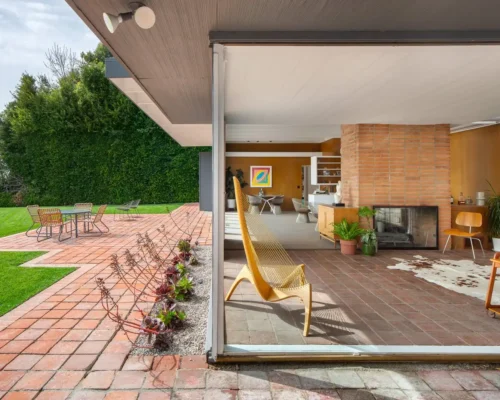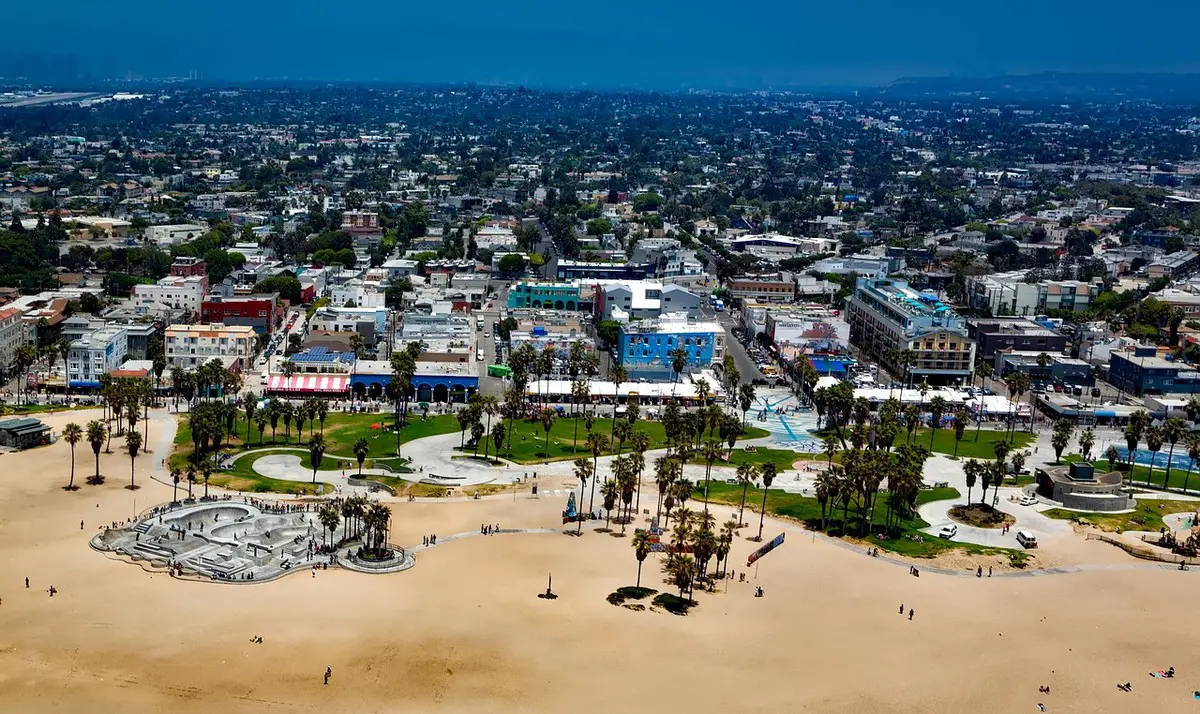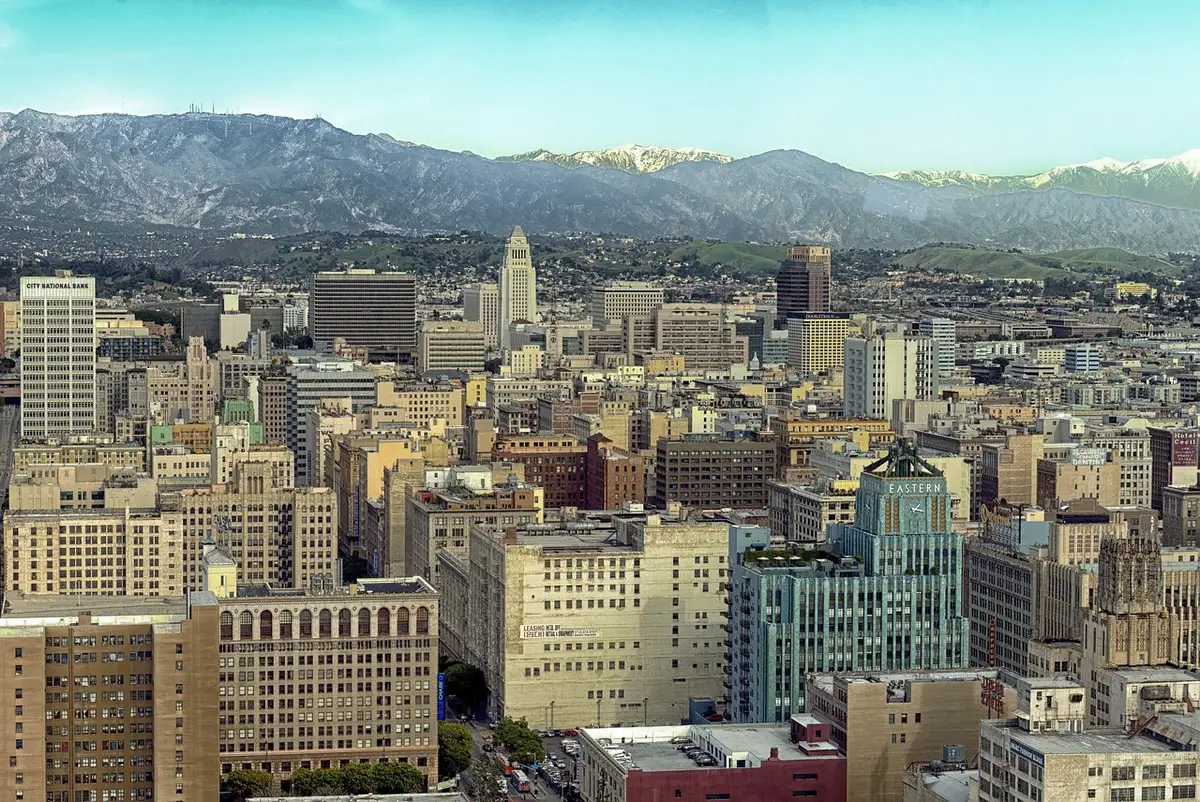Los Angeles Architecture from Art Deco to Modernism guide, New LA property, CA residences architects
Los Angeles Architecture from Art Deco to Modernism Guide
April 1, 2024
Witnessing Change in L.A.
Los Angeles, a sprawling metropolis known for its influence on the entertainment industry, is also a treasure trove of architectural heritage and innovation. From the roaring 20s to the present day, L.A. has been a melting pot of architectural styles, each serving as a historic marker of the city’s cultural and economic change. Art Deco’s luxurious ornamentation and geometric elegance began to dot the cityscape in the 1920s and 1930s, reflecting the energy of the era and setting a precedent for aesthetic excellence. As Los Angeles propelled itself to the forefront of modernity, these architectural movements not only shaped the city’s physical appearance but also its identity.
This article explores into the heart of Los Angeles’s architectural lineage, offering a fresh narrative that goes beyond the aesthetics of its buildings. While we trace the city’s stylistic transformation from Art Deco to Modernism, we reveal how each architectural movement not only mirrored the spirit of its time but also how the built environment influenced the very lifestyle and cultural texture of Los Angeles.
Art Deco Era
In the period between the World Wars, Los Angeles became a surface for the Art Deco movement, embracing a design fusion that combined modernity with luxury. The movement’s influence, peaking in the 1920s and 1930s, was evident in the city’s architectural landmarks which demonstrated a liking for geometric patterns, vibrant colors, and elaborate details.
The towers and facades of the Eastern Columbia Building are filled with sunbursts, zigzags, and chevrons, exemplifying the era’s aesthetic ethos, while the Oviatt Building showcases extensive glasswork and opulent interior fixtures, such as Lalique glass panels. These buildings were more than just structures; they embodied the city’s glamor and progressive spirit.
Golden Age of Hollywood
As Hollywood’s power grew throughout the 1940s and 1950s, a change in architectural preferences in Los Angeles also occurred, reflecting the era’s acceptance of modernism. The architectural style of modernism, known for its minimalist approach, had a focus on sleek, clean lines and designs that merged aesthetics with practicality. It was during this time that the famous Case Study Houses project was launched, creating homes that were as much about creative expression as they were about liveability.
These residences, many designed by pioneers like Richard Neutra and Charles and Ray Eames, were groundbreaking, implementing new industrial materials and open floor designs that mixed interior and exterior environments, showcasing the innovative approaches of architectural firms in Los Angeles for all to see.
Mid-Century Modern
Following the modernist surge, Los Angeles’s architectural scene witnessed the rise of mid-century modern design in the ’60s and ’70s, which catered to Southern California’s mild climate and emphasis on indoor-outdoor living. Known for its floor-to-ceiling windows, smooth transition from indoor to outdoor spaces, and minimalist aesthetic, this style was meant to bring occupants closer to nature while offering functionality.
Among this development, the Stahl House stands out as an iconic symbol—a sleek, glass-paned building perched atop the Hollywood Hills, offering extensive views of the city. Also known as Case Study House #22, this house, designed by architect Pierre Koenig, exemplifies the mid-century modern ideals of simplicity, elegance, and smooth integration of the built environment with the surrounding environment, showing that L.A.’s residential architecture remains as cinematic as the city’s history with film.
Postmodernism
During the 1980s, Los Angeles embraced the eclectic and iconoclastic movement known as postmodernism, which served as a playful departure from the stark minimalism of modernist architecture. Architects began experimenting with whimsical shapes, bold use of color, and a diverse mix of historical styles, effectively blending irony and humor into their designs.
Frank Gehry’s Walt Disney Concert Hall stands as a great example of this architectural shift. Its dynamic, sculptural form appears to be in a state of perpetual motion, defying conventional notions of structure and design, all the while engaging passersby with its stainless steel curves. From their rejection of the “less is more” philosophy, postmodern architects in Los Angeles redefined the urban scenery with buildings that were as much about storytelling and cultural symbolism as they were about function.
Contemporary Architecture
In a time where technological advances and environmental concerns greatly impact city planning and construction, Los Angeles stands out as a forefront of architectural innovation and variety. Current building designs integrate functionality and aesthetics while expanding the limits of creativity. Among the prominent landmarks is The Broad, a contemporary art museum that captivates the imagination with its distinctive honeycomb-like exterior, created by the visionaries at Diller Scofidio + Renfro.
The edifice serves not only as a magnet for art lovers but also represents the city’s inventive architectural spirit, merging energy efficiency with visual impact. This dedication to combining the utilitarian with the visually impressive is evident throughout the city’s skyline, where eco-friendly buildings ascend next to state-of-the-art towers, blended seamlessly with communal spaces that value sustainability and social involvement. Ultimately, Los Angeles remains a city where architecture is not just observed but actively engaged with, a location where the buildings are as changing and varied as its inhabitants and their dreams.
Los Angeles’s architectural history is a vibrant chronicle of the city’s ongoing transformation and growth. From the elegance of Art Deco structures in the early 20th century to the beauty of modernism in Hollywood’s golden era; from the indoor-outdoor synthesis of mid-century modern homes to the complexity of postmodern landmarks; and now, to the bold frontiers of contemporary design that champion sustainability and technological innovation—all epitomize L.A.’s spirit of creative ambition. As each era brings new styles and challenges, the city’s skyline remains a living diary, awaiting future entries.
Comments on this guide to Los Angeles Architecture from Art Deco to Modernism article are welcome.
Los Angeles Buildings
Architecture Tours Los Angeles by e-architect
Los Angeles Architecture Designs
Contemporary Los Angeles Architecture
Case Study House 18, Pacific Palisades, LA
Architect: Rodney Walker

photo : Jimm Simmons
Second House in Culver City
Architects: FreelandBuck
Building Articles
Residential Architecture
Comments / photos for the Los Angeles Architecture from Art Deco to Modernism page welcome






